Microdiscectomy is also known as microdecompression or cervical microdiscectomy. It is one of the most commonly performed spine surgery procedures.
Microdiscectomy or cervical microdiscectomy is preferred for patients with a lumbar herniated disc. The main goal of a discectomy is to relieve the pressure on a spinal nerve root by removing the material causing the pain. Traditionally, this purpose was solved by an open technique called lumbar discectomy surgery, which involves making a large incision to cut some of the back muscles, leading to a slow and painful recovery. Nowadays, an advanced form of surgery called microdiscectomy can achieve the same goal that too with the help of a small incision and fewer injury to back muscles. As a result, the recovery takes less time and is less painful. A special microscope is used in microdiscectomy to view the disc and nerves. The larger view allows the surgeon to make a smaller incision, causing less damage to the surrounding tissues.
Sciatica is a condition caused by compression of the spinal nerve, which generally results in chronic pain in the legs of the patients. This compression of the spinal nerve is frequently the result of a herniated lumbar disc. As a herniagrows, the damaged tissue extends into the spinal column and pushes on the nerves. This condition causes the nerves to send pain signals to the brain and the brain interprets the pain source to be coming from the legs.
Most commonly, sciatica heals naturally or with the help of medication in a few weeks. But, if sciatica lasts more than 12 weeks after taking oral medicines, patients may benefit from discectomy. Discectomy is also used for the treatment of spondylosis and lumbar spinal stenosis. While spondylosis occurs due to degenerative osteoarthritis of the vertebrae, lumbar spinal stenosis occurs due to narrowing of the spinal canal leading to nerve compression. The latter may also warrant the need for a spinal stenosis surgery.
You may be advised to undergo a number of routine diagnostic and blood tests before the procedure. You may even be advised to stop certain medications and alcohol well before the day of the surgery. You should not eat or drink anything at least 12 hours before the scheduled time of surgery.
Lumbar discectomy surgery is typically performed for rehabilitation of a herniated disc. The same thing is done during microdiscectomy, but with the help of a special microscope. During this procedure, a small part of the bone over the nerve root and disc material under the nerve root is taken out, which finally result in relieving pressure on the spinal nerve column. The microdiscectomy treatment starts by giving general anesthesia to the patient. The patient will be unconscious during the entire surgery and is not able to feel anything. Preoperative intravenous antibiotics are given before the surgery.
The procedure is performed with the patient lying face down, generally using a special operating table with special paddings. The surgical region is cleansed with a cleaning solution. A one-to two-centimeter incision is made directly over the area of the herniated disc. Special retractors and a lighted operating microscope are used to allow the surgeon to see the region of the spine. It helps in minimizing or avoid cutting of the adjacent muscles and tissues.
Before removing a herniated disc, a small piece of bone called lamina is removed from the affected vertebra. This is called a laminotomy, a procedure which allows the surgeon to fully visualize the herniated disc. Small scissor-like tools and grasping instruments are used to remove the protruding disc material. Lastly, the incision area is washed out with sterile water containing antibiotics and the deep fascial layer and subcutaneous layers are closed with a few sutures. The skin is fixed up using special surgical glue and does not require bandages.
The microdiscectomy recovery time is much less than any other invasive procedure. Typically, the patient can expect to leave the hospital within 24 hours of the surgery. Patients may be advised to meet a physical therapist before leaving the hospital. The therapist will instruct the patient on how to reduce twisting and bending of the back. The therapist may advise some exercises to improve the strength and flexibility of the muscles around the spine.
Patients are advised not to drive, sit for a prolonged period, lift anything heavy and bend over immediately after the surgery. The patient is able to resume normal activities after two weeks, but they are advised to avoid lifting heavy objects for at least four weeks after the surgery. Full recovery after microdiscectomy procedure takes at least four to six weeks.
Microdiscectomy is a faster pain relief option than nonsurgical treatment in case of a lumbar herniated disc, but it is not significantly clear that whether surgery makes a difference in what treatment may be needed later on.
Some post-microdiscectomy researchers determined that people who have had microdiscectomy have reported similar improvements as other treatments after one year of surgery. Although it is a less invasive procedure in comparison to other treatment such as spinal fusion, microdiscectomy also involves certain risks just like any other surgery.
Some of the common microdiscectomy risks are:

United States
Patient Testimonial from USA for Microdiscectomy Treatment Read Full Story
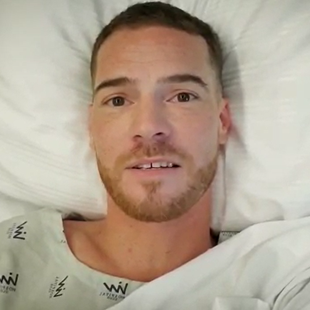
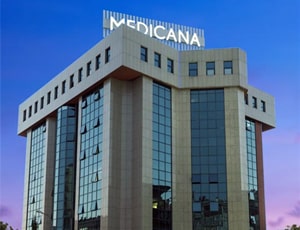
Istanbul, Turkey
Founded in 1999, Medicana Camlica is a specialty hospital of the Medicana Group which is well known ...more
![]() Private Rooms
Private Rooms
![]() Translator
Translator
![]() Nursery / Nanny Services
Nursery / Nanny Services
![]() Airport Pick up
Airport Pick up
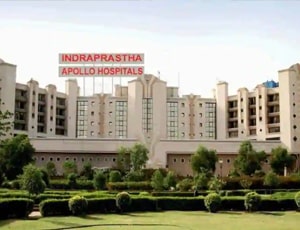
Delhi, India
Equipped with more than 50 specialty institutes, Indraprastha Apollo was started with the vision of ...more
![]() Private Rooms
Private Rooms
![]() Translator
Translator
![]() Nursery / Nanny Services
Nursery / Nanny Services
![]() Airport Pick up
Airport Pick up
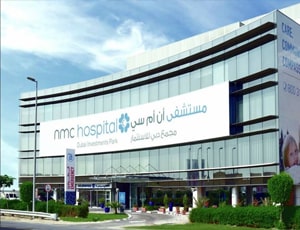
Dubai, United Arab Emirates
The NMC Hospital Dubai Investments Park (DIP) is located just opposite to the Green Community in DIP...more
![]() Private Rooms
Private Rooms
![]() Translator
Translator
![]() Nursery / Nanny Services
Nursery / Nanny Services
![]() Airport Pick up
Airport Pick up
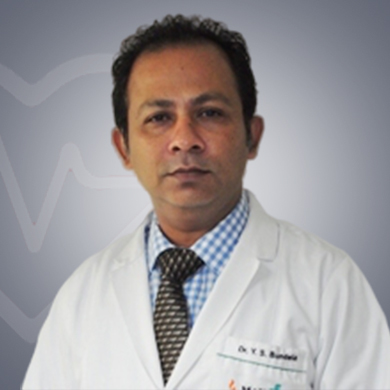
Neurosurgeon
Ghaziabad, India
18 Years of experience
USD 22 for video consultation
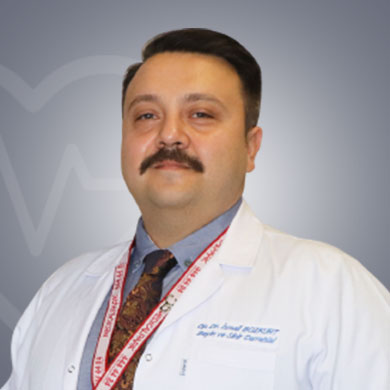
Neurosurgeon
Istanbul, Turkey
7 of experience
USD 295 for video consultation

Orthopedic Surgeon
Bursa, Turkey
10 of experience
USD 175 for video consultation
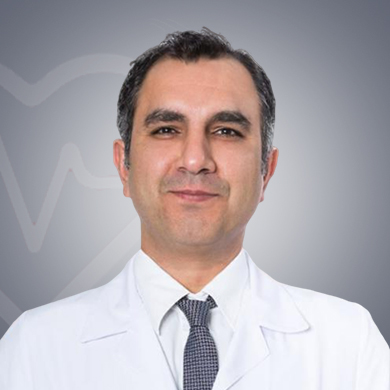
Neurosurgeon
Istanbul, Turkey
20 Years of experience
USD 200 for video consultation
Q: How long does it take to recover from a microdiscectomy?
A: The patients are advised to limit simple motions such as bending, lifting, and twisting for at least six weeks after the surgery. Gradually, they can return to their normal activity level.
Q: Is microdiscectomy safe?
A: A microdiscectomy is a safe procedure. However, like any other surgery, this procedure can result in complications in just one to two percent of the cases.
Q: How long does it take to perform a microdiscectomy?
A: It may take one to two hours for this procedure to complete.
Q: What is the success rate of microdiscectomy?
A: The success rate of this procedure is more than 90 percent.
Q: How long will I not be able to work after microdiscectomy?
A: Most patients are able to return to the job involving light activities after one to two weeks of the surgery. However, complete recovery may take around six weeks, after which the patient can return to heavy work and sports.
Q: What are the risks of a discectomy?
A: Bleeding, infection, nerve root damage, constant pain, and deep vein thrombosis are some of the rare risks of discectomy.